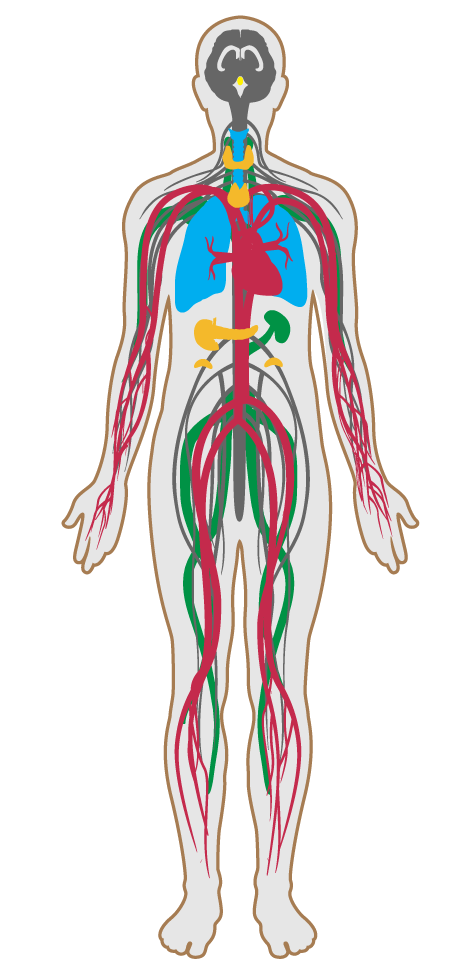VOC reduction
Features/Air/Feature 04
- 01 Air quality standards
- 02 Smoking ban
- 03 Ventilation effectiveness
- 04 VOC reduction
- 05 Air filtration
- 06 Microbe and mold control
- 07 Construction pollution management
- 08 Healthy entrance
- 09 Cleaning protocol
- 10 Pesticide management
- 11 Fundamental material safety
- 12 Moisture management
- 13 Air flush
- 14 Air infiltration management
- 15 Increased ventilation
- 16 Humidity control
- 17 Direct source ventilation
- 18 Air quality monitoring and feedback
- 19 Operable windows
- 20 Outdoor air systems
- 21 Displacement ventilation
- 22 Pest control
- 23 Advanced air purification
- 24 Combustion minimization
- 25 Toxic material reduction
- 26 Enhanced material safety
- 27 Antimicrobial activity for surfaces
- 28 Cleanable environment
- 29 Cleaning equipment
- P9 Advanced cleaning
VOC reduction
Intent:
To minimize the effect of VOCs in building materials on indoor air quality.
BACKGROUND
Indoor air quality can be degraded significantly by volatile organic compounds (VOCs) that off-gas from paints, finishes and other coatings, and also result from the use of cleaning products, air fresheners, personal care products and other materials brought into the building. VOCs include benzene (classified by the EPA as a known human carcinogen), formaldehyde and other chemical compounds, which at high concentrations can lead to irritation of the nose and pharynx, and have been associated with leukemia, childhood asthma and other respiratory disorders. VOC levels can be 5 times higher indoors than outdoors.
The VOC limits of newly applied interior paints and coatings meet one of the following requirements:
a.1
100% of installed products meet California Air Resources Board (CARB) 2007, Suggested Control Measure (SCM) for Architectural Coatings, or South Coast Air Quality Management District (SCAQMD) Rule 1113, effective June 3, 2011 for VOC content.
b.1
At minimum 90%, by volume, meet the California Department of Public Health (CDPH) Standard Method v1.1-2010 for VOC emissions.
c.1
Applicable national VOC content regulations or conduct testing of VOC content in accordance with ASTM D2369-10; ISO 11890, part 1; ASTM D6886-03; or ISO 11890-2.
The VOC limits of newly applied interior adhesives and sealants meet one of the following requirements:
a.1
100% of installed products meet South Coast Air Quality Management District (SCAQMD) Rule 1168 for VOC content. Volatile organic compound (VOC) limits correspond to an effective date of July 1, 2005 and rule amendment date of January 7, 2005.
b.1
At minimum 90%, by volume, meet the California Department of Public Health (CDPH) Standard Method v1.1-2010 for VOC emissions.
c.1
Applicable national VOC content regulations or conduct testing of VOC content in accordance with ASTM D2369-10; ISO 11890, part 1; ASTM D6886-03; or ISO 11890-2.
The VOC emissions of at least 95% (by cost) of all newly purchased interior furniture and furnishings within the project scope meet all limits set by the following, as applicable:
a.1
ANSI/BIFMA e3-2011 Furniture Sustainability Standard sections 7.6.1 or 7.6.2, tested in accordance with ANSI/BIFMA Standard Method M7.1-2011.
b.
California Department of Public Health (CDPH) Standard Method v1.1-2010.

